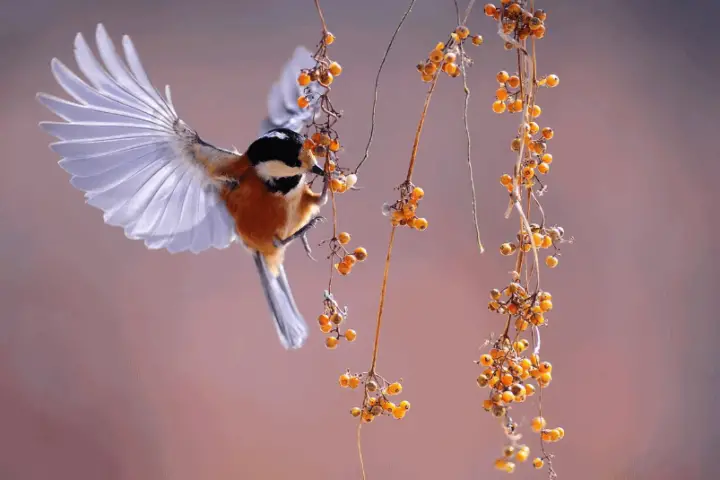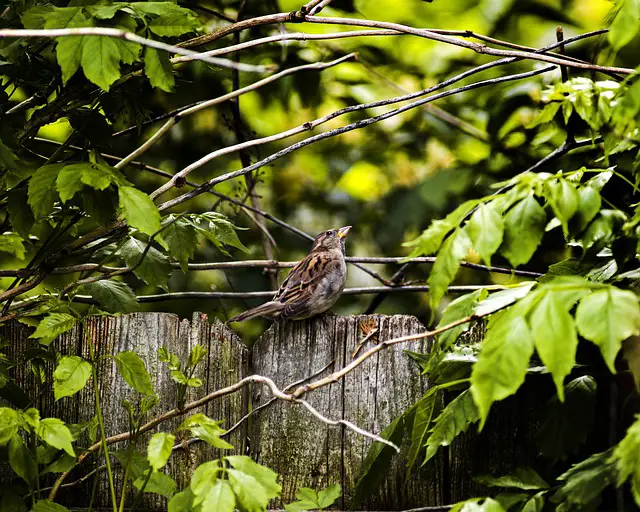Of all waterfowls mallards are the most widespread North American species. They are highly social and noisy birds. In winter mallards are gathered in open water lakes and lakes near agricultural fields. In the south they make homes in habitats like wooded swamps.
What Do Mallard Ducks Eat
Mallards are omnivores as they feed on variety of terrestrial and aquatic invertebrates such as rootlets, wetland plant seeds, fruits, tubers, mast from trees, mollusks, pondweeds, wild millet, coontail, canary grass, bulrushes, sedges, smartweed, agricultural grains, small fish, amphibians, fish eggs and insects.
All of these food items are easily found in open water areas and wetlands and as such mallards congregate in large numbers for feeding. The critical factors that describe the feeding behavior of mallards are wetland flooding and availability of organisms in these habitats.
In wetter conditions mallards feed in the Lower Mississippi Valley which provides favorable forested wetlands. They do not go deep down rather feeds from the surface to a maximum of 50 cm in depth.
The agricultural land is not deemed to be suitable (for mallards) when comparing it to an absolute natural habitat.
Mallards also consume wheat, corn, soybeans, and other grains. They are typically found in grain fields in the morning especially while migrating. However at midday they move to the wetlands and ponds to loaf.
They are generalist feeders and during the breeding season, mallards rely on animal matter such as freshwater shrimp, earthworms, snails, and aquatic insect larvae.
Much of their diet is composed of gastropods and invertebrates including dragonflies, caddisflies, flies, beetles, worms, and crustaceans.






